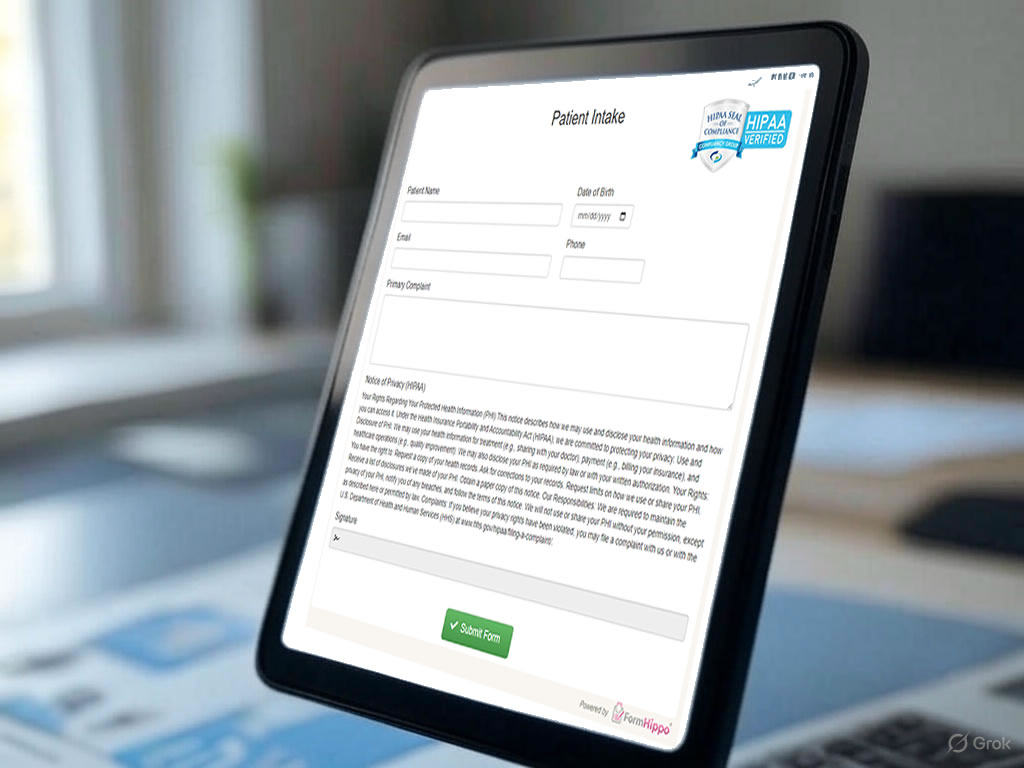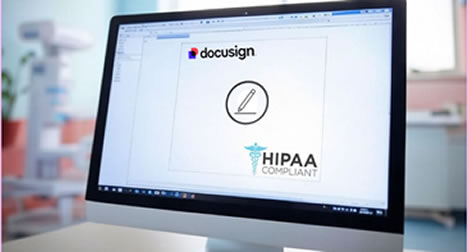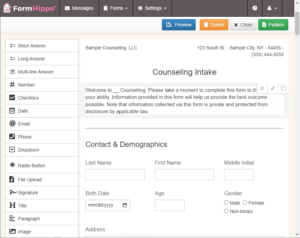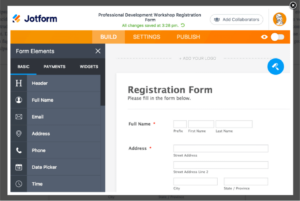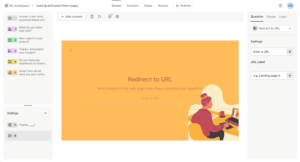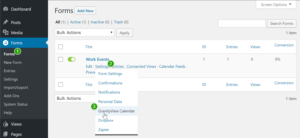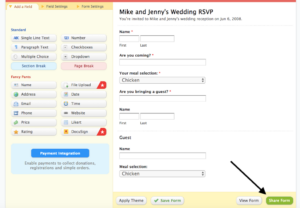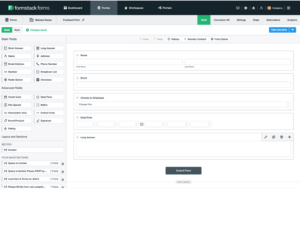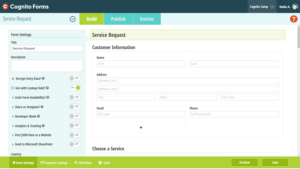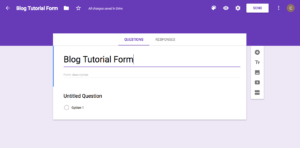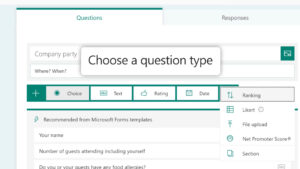Mastering HIPAA-Compliant Online Forms: A Definitive Guide
In today’s digital age, healthcare providers face a critical challenge: creating HIPAA-compliant online forms that protect patient data while ensuring a positive user experience. This comprehensive guide will unlock the secrets to designing secure, patient-friendly forms that meet legal requirements and enhance your practice’s efficiency.
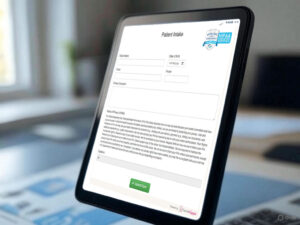
The Importance of HIPAA Compliance for Healthcare Providers
As a healthcare provider, protecting patient privacy isn’t just an ethical obligation—it’s a legal requirement. The Health Insurance Portability and Accountability Act (HIPAA) sets strict standards for safeguarding patient information. Non-compliance can result in severe consequences, including hefty fines, legal issues, and irreparable damage to your reputation.
Common Pitfalls in Online Forms and Patient Data Collection
Many healthcare providers unknowingly commit HIPAA violations through their online forms. Common mistakes include:-
- Using unsecured platforms for data collection
- Failing to encrypt sensitive information
- Collecting more data than necessary
- Neglecting to obtain proper patient consent
These oversights can put patient privacy at risk and expose your practice to legal vulnerabilities.
Understanding HIPAA Requirements for Online Forms
HIPAA compliance for online forms involves several key elements:
- Encryption of data in transit and at rest
- Strict access controls
- Comprehensive audit trails
- Clear patient consent and authorization
- Secure hosting and data storage
These requirements apply to various forms, including patient intake, consent forms, and billing documents.
Essential Elements of a HIPAA-Compliant Form
To ensure compliance, your online forms should include:
1. Clear authorization language for collecting and using Protected Health Information (PHI)
2. Notices of privacy practices (NPP) and patient rights
3. Data collection limited to necessary information (minimum necessary standard)
Secure Data Collection and Technical Safeguards
Implementing robust security measures is crucial. Consider the following:
- Use HIPAA-compliant form builders like FormHippo
- Employ end-to-end encryption for data transmission
- Implement strong user authentication and role-based access controls
- Maintain detailed audit logs to track PHI access
Optimizing User Experience for HIPAA-Compliant Forms
Creating user-friendly forms is essential for patient engagement. Here are some tips:
- Design intuitive, streamlined forms with clear field labels and group fields with similar content into sections.
- Break long forms into multiple pages or separate forms for easier navigation. If a form is too long, it can be cumbersome on the user.
- Use progress indicators to guide users
- Opt for HTML web forms for mobile compatibility.
- Opt for PDF forms for desktop users or where consistent page layout is necessary for printing
FormHippo supports both HTML and PDF form types, giving you flexibility in form design.
Ensuring Ongoing HIPAA Compliance
Maintaining compliance is an ongoing process. Key steps include:
- Regular staff training on HIPAA regulations
- Implementing clear policies for form creation, storage, and disposal
- Securing physical and electronic copies of forms
- Establishing Business Associate Agreements (BAAs) with third-party vendors
- Conducting periodic reviews and updates of your compliance measures
Common Mistakes to Avoid
Steer clear of these frequent errors:
- Collecting unnecessary PHI (Protected Health Information)
- Using non-secure platforms or unencrypted forms
- Failing to update forms as HIPAA regulations evolve
- Overlooking BAAs with form software providers
Choosing the Right HIPAA-Compliant Form Builder
When selecting a form builder, prioritize these features:
- Built-in HIPAA compliance measures
- User-friendly interface
- Customization options
- Secure data storage and transmission using encryption
- Integration capabilities with your existing systems
FormHippo stands out as a top choice, offering all these features and more at an affordable price.
Educating Patients on HIPAA-Compliant Online Forms
Transparent communication with patients is crucial. Explain the benefits of HIPAA-compliant forms, such as:
- Enhanced data security
- Improved accuracy of medical records
- Streamlined collection of patient data
Emphasize that these measures are in place to protect their privacy and improve their healthcare experience.
Summary: 5 Essential Requirements for HIPAA Compliant Online Forms
- Include authorization and patient rights language:
Ensure text is present on the form authorizing for the collection of PHI (Patient Health Information) and provide notice of patient rights via NPP (Notice of Privacy Practices) language. - Encryption in transit:
Ensure that page to your form starts with https. The “s” at the end is critical and means that the submitted form data is sent securely. - Encryption at rest:
Ensure that your form submissions are stored encrypted either in an encrypted database or encrypted file system (you may need to check with your hosting provider.) - Audit Trails and Access Controls:
Ensure that administrative access to your form submissions is password protected and logged. Ensure these logs are accessible to you in case of an audit - BAA:
Ensure that you have an executed Business Associate Agreement with your online form hosting/service provider
- Include authorization and patient rights language:
To meet these requirements, consider using a HIPAA-compliant forms platform like FormHippo. It delivers a comprehensive solution for online forms, featuring built-in authorization, customizable templates with patient consent and rights notifications. It ensures robust security with encryption for data in transit at rest. FormHippo enhances compliance with detailed audit trails and role-based access controls along with providing a BAA to all subscribers.
Conclusion: Unlocking the Full Potential of HIPAA-Compliant Forms
By implementing HIPAA-compliant online forms, you’re not just meeting legal requirements—you’re enhancing patient trust, streamlining your operations, and protecting your practice. With the right tools and knowledge, you can create forms that are both secure and user-friendly.
Take the next step towards HIPAA compliance by exploring platforms like FormHippo. Remember, investing in compliant, patient-friendly forms is an investment in the future of your healthcare practice.
References
Article: Are Web-Forms HIPAA Compliant? | HIPAA Compliant Forms
https://compliancy-group.com/web-forms-hipaa-compliant/
Article: HIPAA Requirements and Forms for Research | UCSF HRPP
https://irb.ucsf.edu/hipaa
Article: Understanding HIPAA Authorization Forms | SVMIC
https://www.svmic.com/articles/144/understanding-hipaa-authorization-forms
Article: Top 10 HIPAA-Compliant Form Builders – The Definitive Guide with Pricing | FormHippo
https://www.formhippo.com/10-best-hipaa-compliant-form-builders-with-pricing/
Article: HIPAA Privacy Rule: Forms and Other Resources – USC Office of Culture, Ethics and Compliance
https://ooc.usc.edu/compliance-programs/data-privacy/health-information/hipaa-privacy-rule-forms-and-other-resources/
Free Download: HIPAA Release Form | HIPAA Journal
https://www.hipaajournal.com/hipaa-release-form/
Resource: HIPAA Training and Resources | HHS.gov
https://www.hhs.gov/hipaa/for-professionals/training/index.html
Resource: HIPAA Compliant Form Builder | FormHippo
https://www.formhippo.com/form-builder/
Resource: Privacy and HIPAA | California Dental Association
https://www.cda.org/resource-library/resources/privacy-and-hipaa/
Disclaimer: The information provided in this blog post is for general informational purposes only and does not constitute legal, medical, or professional advice. Readers should consult with qualified legal or compliance professionals to ensure HIPAA compliance specific to their circumstances. The author and publisher are not responsible for any actions taken based on the content of this article.
All trademarks, logos, and brand names mentioned in this article are the property of their respective owners. Their use here does not imply endorsement or affiliation. All copyrighted material referenced or reproduced, including but not limited to forms, templates, or excerpts, is used under fair use principles or with permission where applicable. Any unauthorized use, reproduction, or distribution of such material is prohibited. The author and publisher disclaim liability for any infringement claims arising from the use of this content.
